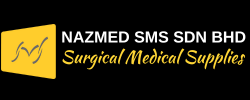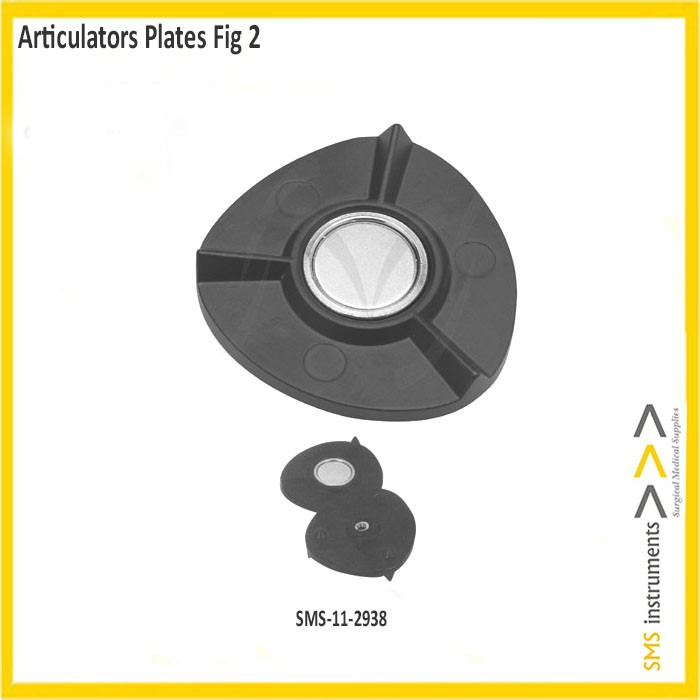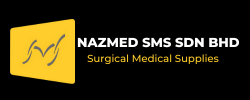Description
Articulators Plates
Dental Instruments
SMS Instrument articulator plates are two in number, one for the upper member and other for the lower member. The mounting plates are attached with the help of thumb screw to the articulator. The upper and lower casts are attached to the articulator with the help of mounting plates and also has elongated luting slots- for a secure adherence of gypsum. The center domed brass insert which is internally threaded for the attachment to upper and lower member.
Articulator
A Dental Articulator is a mechanical instruments that represents the temporomandibular joints and jaws member, to which maxillary and mandibular casts may be attached to simulate some or all-manibular movements. Primary function of articulator is to simulate patient in the absence of patient. An articulator can simulate but they cannot duplicate all mandibular movement. Articulator may be made of metal or plastic. Metal articulator shows errors resulting from metal fatigue. The articulator may not be exactly simulate the intraborder and functional movements of the mandible. Error in jaws relation procedures are reproduced as error in denture occlusion. Articulator do not have any provision to indicate or correct these error
Function
- It allow most of the prosthetic work to be done in the absence of the patient.
- Maintain jaw relation record during setting up teeth
- Denture remounting after processing for correction of occlusal disharmony
There are many designs of articulators, but in general there are four different types:
Types of Articulators
- Simple hinge articulators.
- Fixed or mean value condylar path articulators.
- Semi – Adjustable condylar path articulators.
- Fully – Adjustable condylar path articulators.
Uses of Articulator
- To diagnose the state of occlusion in both the natural and artificial dentition.
- To open and close in a hinge manner
- Hold opposing casts in a predetermined manner
- To produce border and intraborder movements like in mouth
- To plan dental procedures
- To arrange artificial teeth.
Advantages
- Refinement of patients occlusion can be easily be done on the articulator than in the patient mouth.
- The patients saliva, tongue and cheek are not factors when using an articulators
Requirements
- It should hold the cast in the correct horizontal and vertical relationship.
- The casts should easily re-movable and re-attachable
- It should provide a positive anterior vertical STOP (incisal pin)
- It should be bulky and heavy
- There should be adequate space between the upper and low members
- The movable parts should move freely without any friction.









